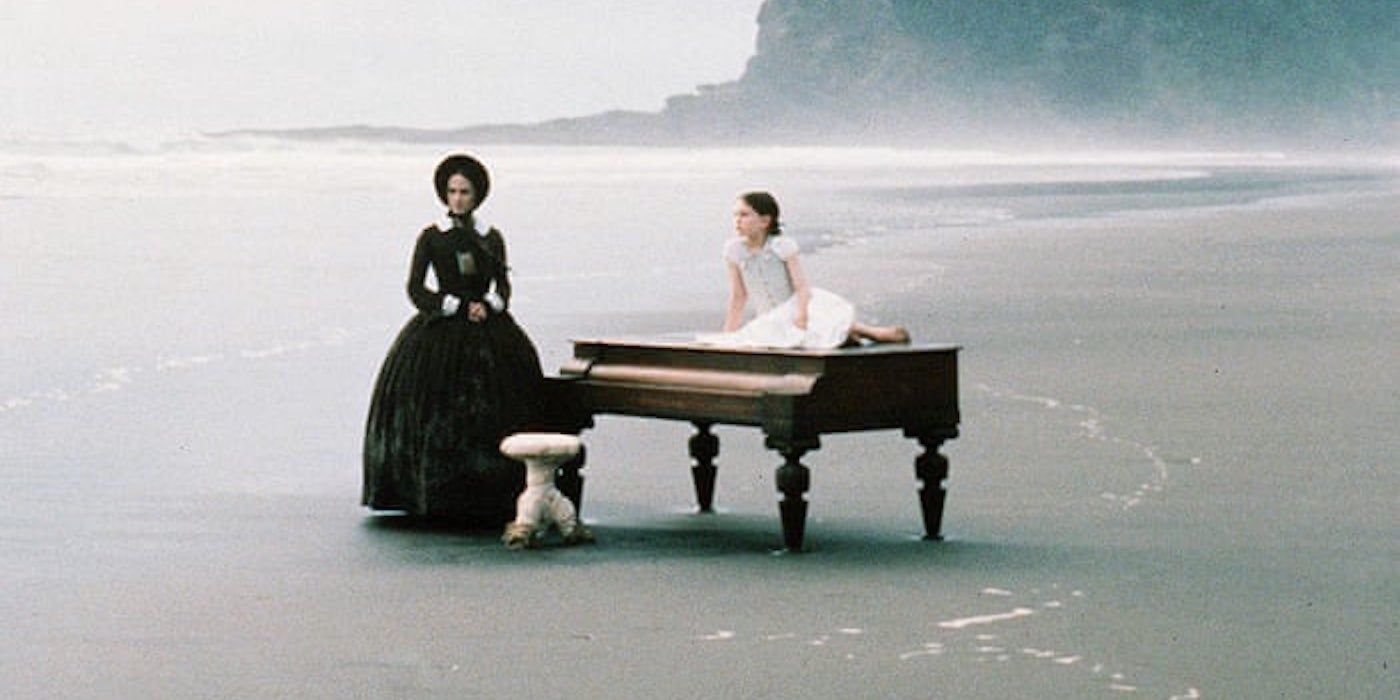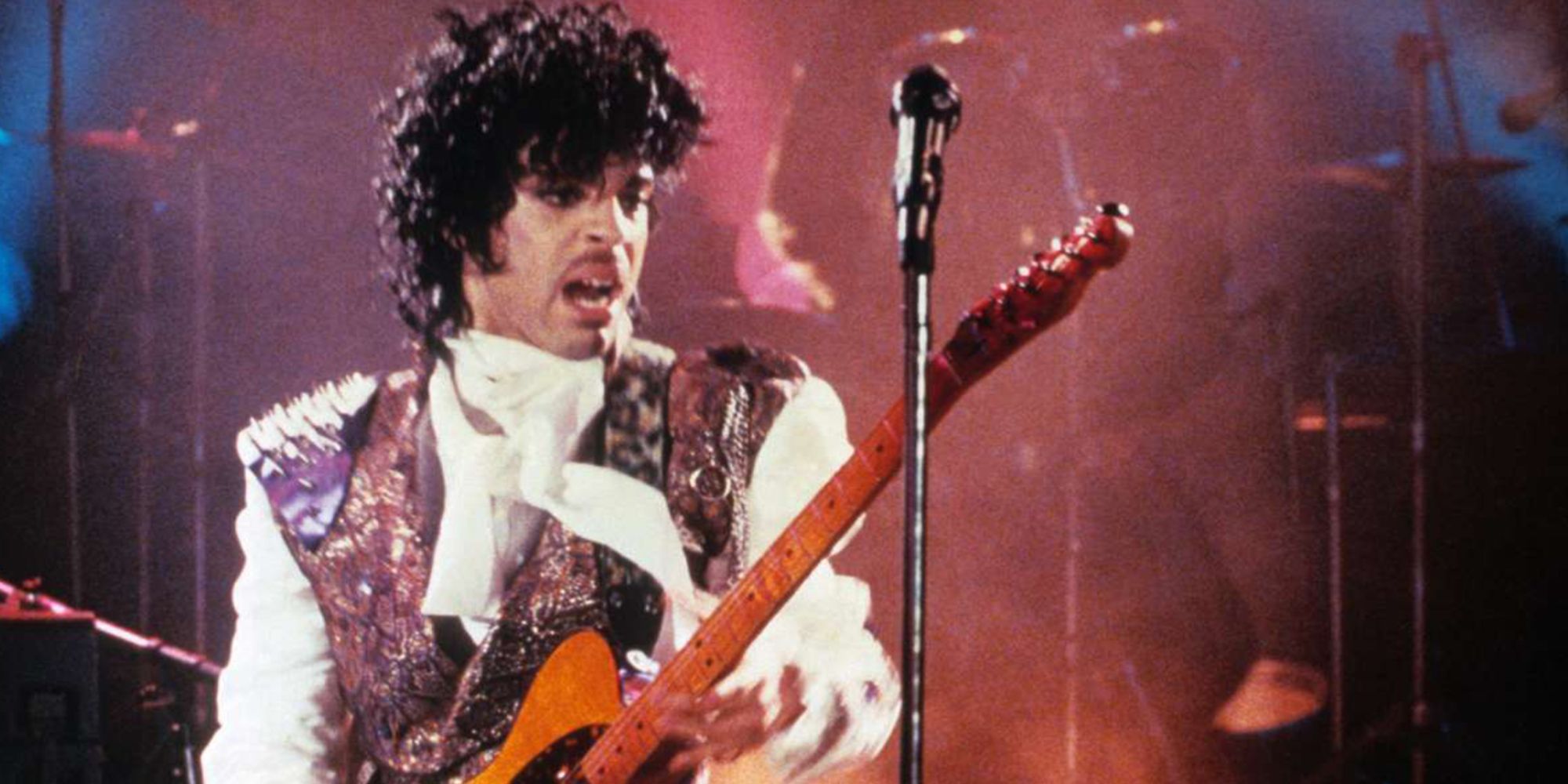The soundtrack is a vitally important piece of almost any movie. Most films contain a good deal of music, whether that’s through a score written for the film or through pre-existing songs selected to accompany the movie. Sometimes, a movie can use both, of course. There’s an argument to be made that music is as vital to filmmaking as dialogue, as even during the silent era, films were generally accompanied by music.
Some film scores transcend being mere accompaniments, though. There are rare film scores that are so memorable, compelling, and varied that they can be enjoyed independently of the film they were composed for. Plenty of great scores don’t hold up as well without the movie playing simultaneously, but the following nine film scores show that this isn’t the case for every great film score.
‘Paprika’ (2006)
One word that best summarizes the anime film, Paprika, would be “trippy.” Or maybe “unpredictable.” Or “mind-bending” (unless that counts as two words?) However you want to describe it, it’s an undeniably unique and surreal animated adventure through dreams and psyches, using its animation to convey worlds and characters that couldn’t be realized in live-action.
The music by Susumu Hirasawa is a big reason why Paprika is such a wild ride and probably one of the most underrated aspects of the film. There are several catchy themes that perfectly match the film’s mood and energy, and the entire soundtrack is psychedelic and eclectic enough (even without the colorful visuals) to make for a great listening experience.
‘The Cook, the Thief, His Wife & Her Lover’ (1989)
With a title that refers to its four main characters, The Cook, the Thief, His Wife & Her Lover takes place primarily in a prestigious restaurant over the course of several nights. The thief is technically more of a gangster who terrorizes the restaurant patrons while constantly berating and abusing his wife, Georgina.
She rebels by having an affair with another frequent diner. Meanwhile, the cook watches over the story unfolding, taking steps behind the scenes to rid the violent gangster and his boorish underlings from the restaurant for good. Michael Nyman’s score is rhythmic and hypnotic, with the nearly 13-minute-long main theme being a highlight, making for a great (and largely instrumental) listen with or without the film.
‘The Mission’ (1986)
There are too many great Ennio Morricone scores to count, but The Mission stands as one of his best. It accompanies a sweeping historical epic about a group of missionaries and tribespeople in South America during the 1700s and the clashes they have with colonial forces who want to put an end to the missions in the area.
The Mission’s score soars because of how many varied themes it has, and the way it interweaves and reshapes said themes as the soundtrack goes on. The music is so intrinsic to the film that even listening to the music alone can conjure the same emotions the film’s tragic story ends up going for. As such, it’s one of the most consistent and moving film scores to listen to, minus the (still very good) movie.
‘Mishima: A Life in Four Chapters’ (1985)
Mishima: A Life in Four Chapters is one of the greatest biopics of all time and arguably one of the most underrated movies of the 1980s. It takes some historical liberties to paint an artistic, visually striking life story of Yukio Mishima, one of the most famous (and controversial) Japanese writers of all time.
The score by famed musician/composer Philip Glass adds to the film’s style. Far from his only great film score, his work on Mishima: A Life in Four Chapters is nevertheless essential to the film’s power. Given it’s one of the greatest scores by one of cinema’s greatest contemporary composers, it’s also naturally a great listen, even without the film.
‘The Gate to the Mind’s Eye’ (1994)
The music of The Gate to the Mind’s Eye might be even harder to describe than the film. It’s a ridiculously underrated animated film that’s the third part of the Mind’s Eye series, which were four films released throughout the 1990s that were all compilations of unusual, unsettling, and strangely beautiful short films made with very early CGI animation.
The music is what ties these otherwise disconnected sequences together, both in The Gate to the Mind’s Eye and the other films in the series. The music itself is hard to describe with words, as it has to be pretty out there to match the mind-boggling visuals on-screen. Still, it’s so exciting and unique you probably don’t even need the equally weird visuals to appreciate the music… though they do help.
‘Koyaanisqatsi’ (1982)
Without Philip Glass’s score, Koyaanisqatsi wouldn’t be nearly as great. The experimental, narration-free documentary about humanity’s technology clashing with the natural wonders of the world would still contain some stunning imagery and interpretable themes, but a lesser score would likely diminish the film’s power.
There is almost constant music through Koyaanisqatsi, meaning the score is just about as long as the film itself. Its use of repetition is mesmerizing, and the themes never get old. Hearing the music without the film is an almost cinematic experience in itself, making Glass’s score one of the greatest of all time.
‘The Piano’ (1993)
The Piano, directed by Jane Campion, is a period drama set in New Zealand, about a mute woman and her daughter trying to get by in life, and the woman finding herself desired by two different men. With a protagonist who can’t speak (but can express herself through music), the score is essential.
Composer Michael Nyman rises to the occasion, creating perhaps his most famous film score. And given the title of the film, while the piano does feature prominently as an instrument in the score, it’s far from the only instrument. The complete score ends up being very orchestral and lush in parts and manages to paint evocative images and feelings when listened to without the film’s visuals and context.
‘Purple Rain’ (1984)
Purple Rain might stick out; admittedly, it’s a soundtrack more than a score. The music to Prince’s iconic 1984 film comprises pop-rock and R&B songs, but he wrote them for the film, and really, they’re the reason for the film existing; it was to support and increase the profile of the iconic album/soundtrack, Purple Rain.
Given it’s one of the best albums of all time, it deserves to be counted among the film scores that are enjoyable without visuals. It’s fantastic music that accompanies a drama about a struggling musician, and honestly, the songs are genuinely more enjoyable to listen to in album format.
‘Once Upon a Time in America’ (1984)
Ennio Morricone’s score for Sergio Leone’s brilliant crime epic, Once Upon a Time in America, rivals The Mission’s score for Ennio Morricone’s best work. As this nearly four-hour film tackles a host of themes and a wide range of emotions in its story about several childhood friends who grow up to be hateful, violent criminals, the music needed to be varied and powerful.
There also needed to be a lot of it, seeing as the movie’s incredibly long. Thankfully, Morricone’s music for the film is all of these things and more and is so distinctive it essentially paints its own narrative independent of the film; so much so that it was completed well before the film began shooting, which meant it was played on set to help the actors understand the emotion in their scenes.
























































![Key Metrics for Social Media Marketing [Infographic] Key Metrics for Social Media Marketing [Infographic]](https://www.socialmediatoday.com/imgproxy/nP1lliSbrTbUmhFV6RdAz9qJZFvsstq3IG6orLUMMls/g:ce/rs:fit:770:435/bG9jYWw6Ly8vZGl2ZWltYWdlL3NvY2lhbF9tZWRpYV9yb2lfaW5vZ3JhcGhpYzIucG5n.webp)


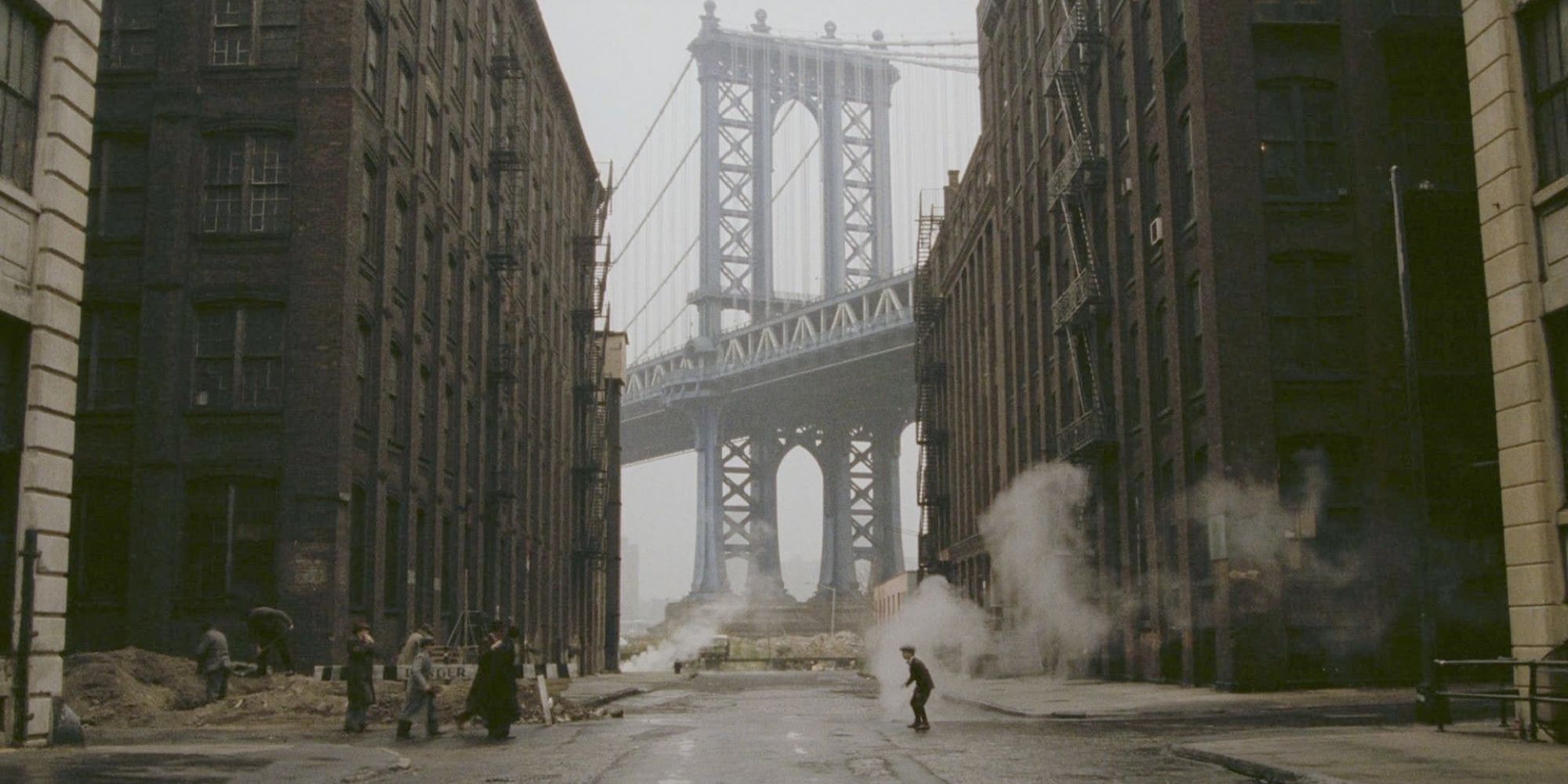
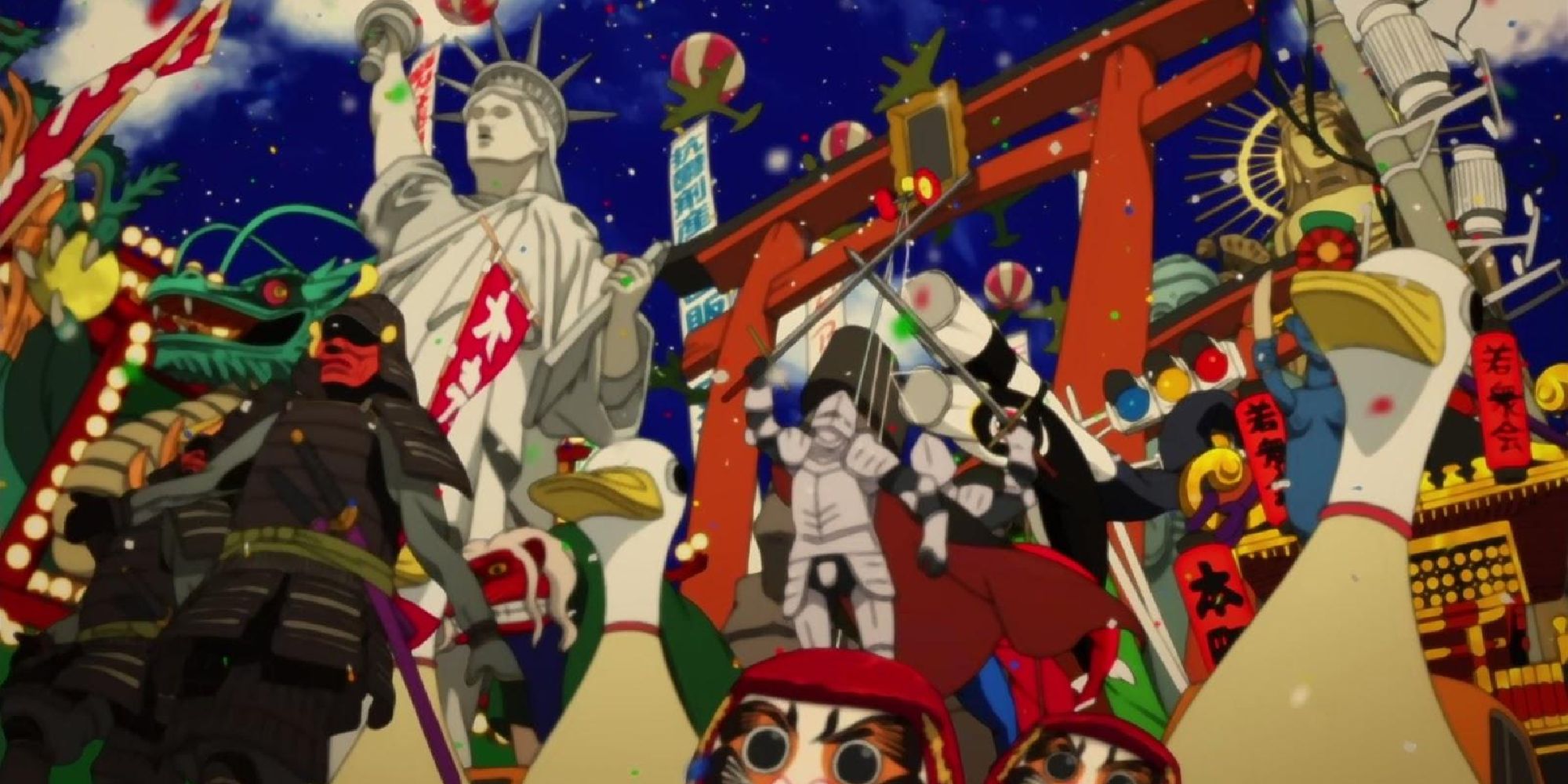
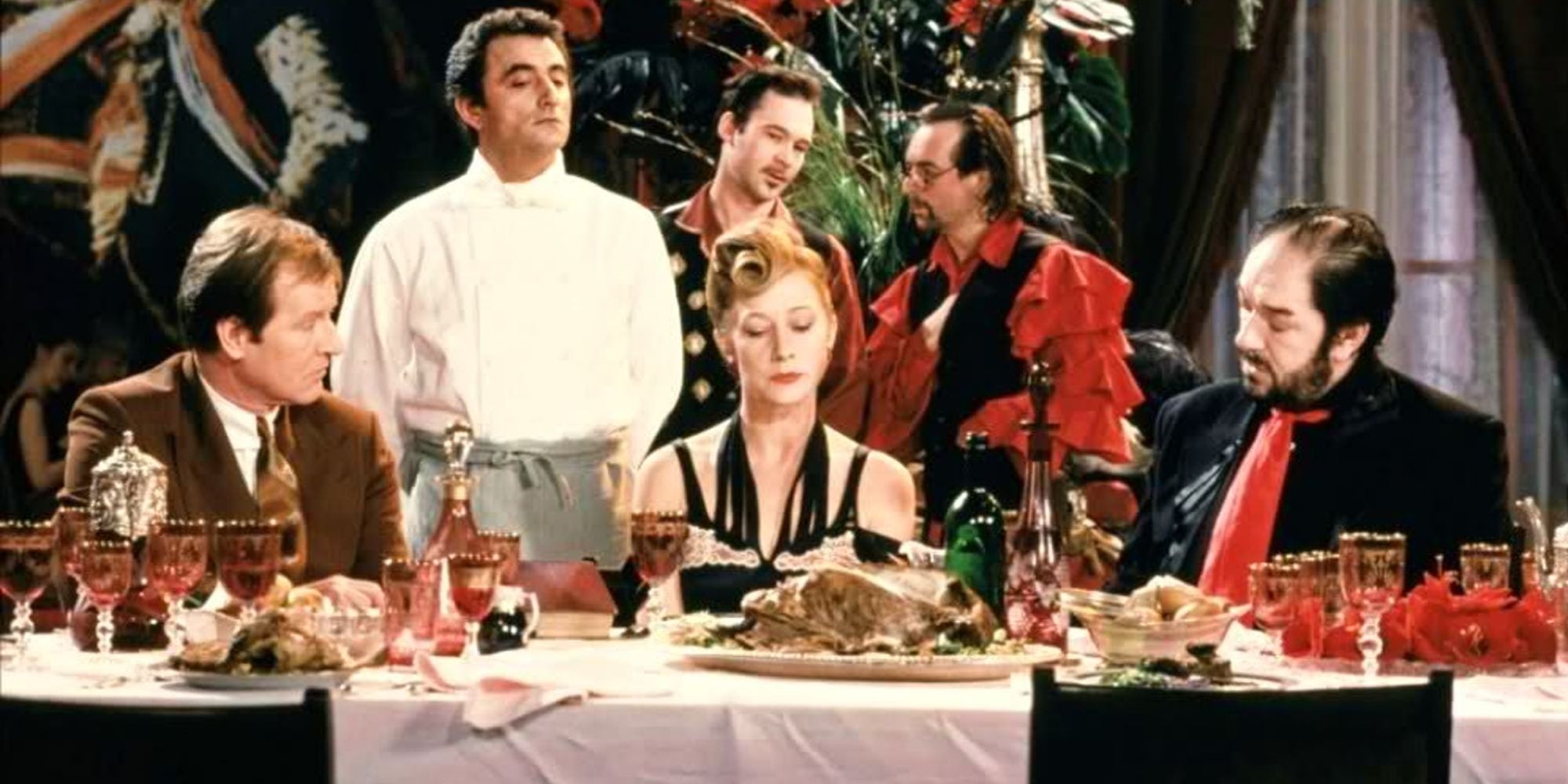
.jpg)
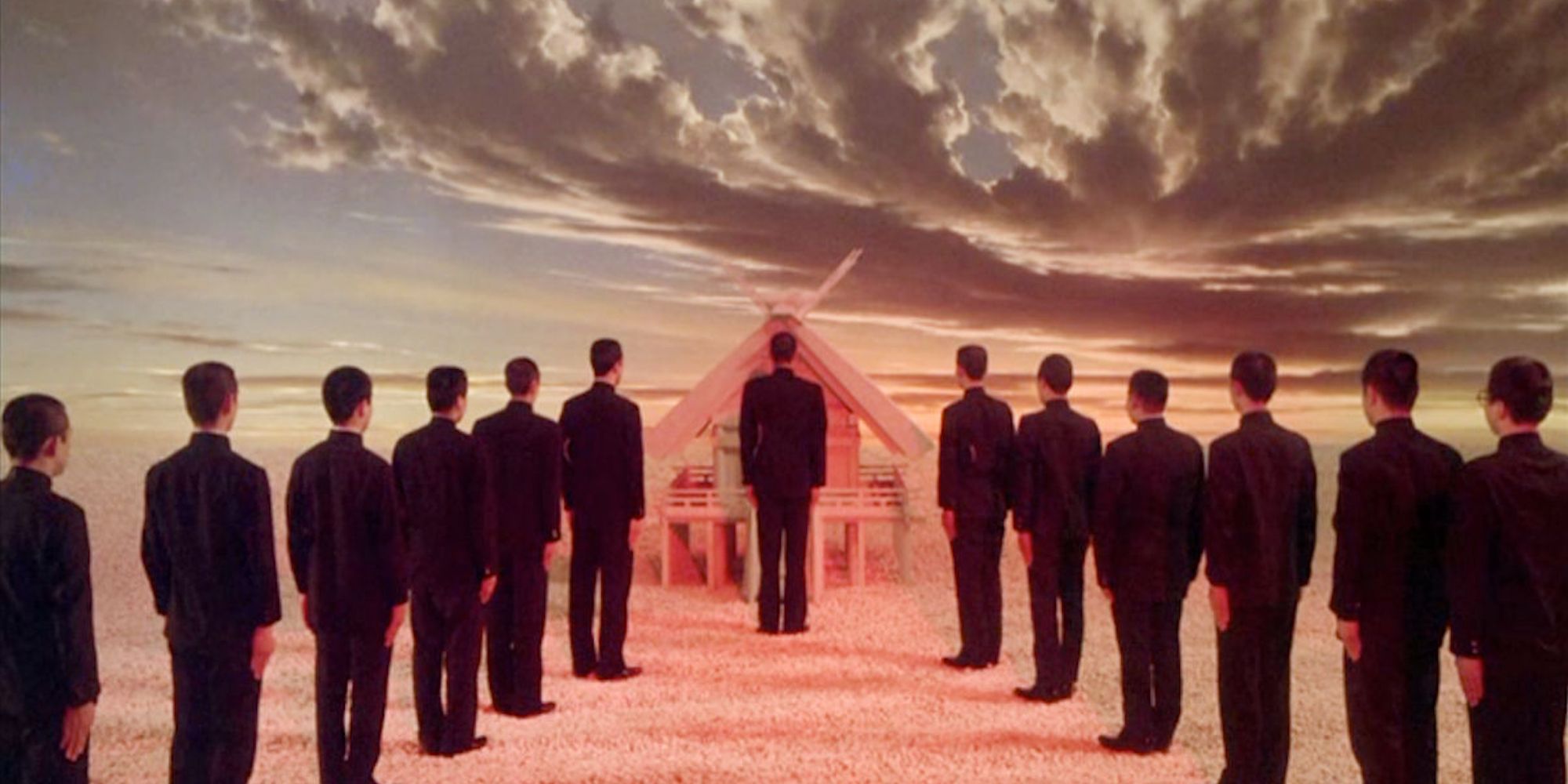
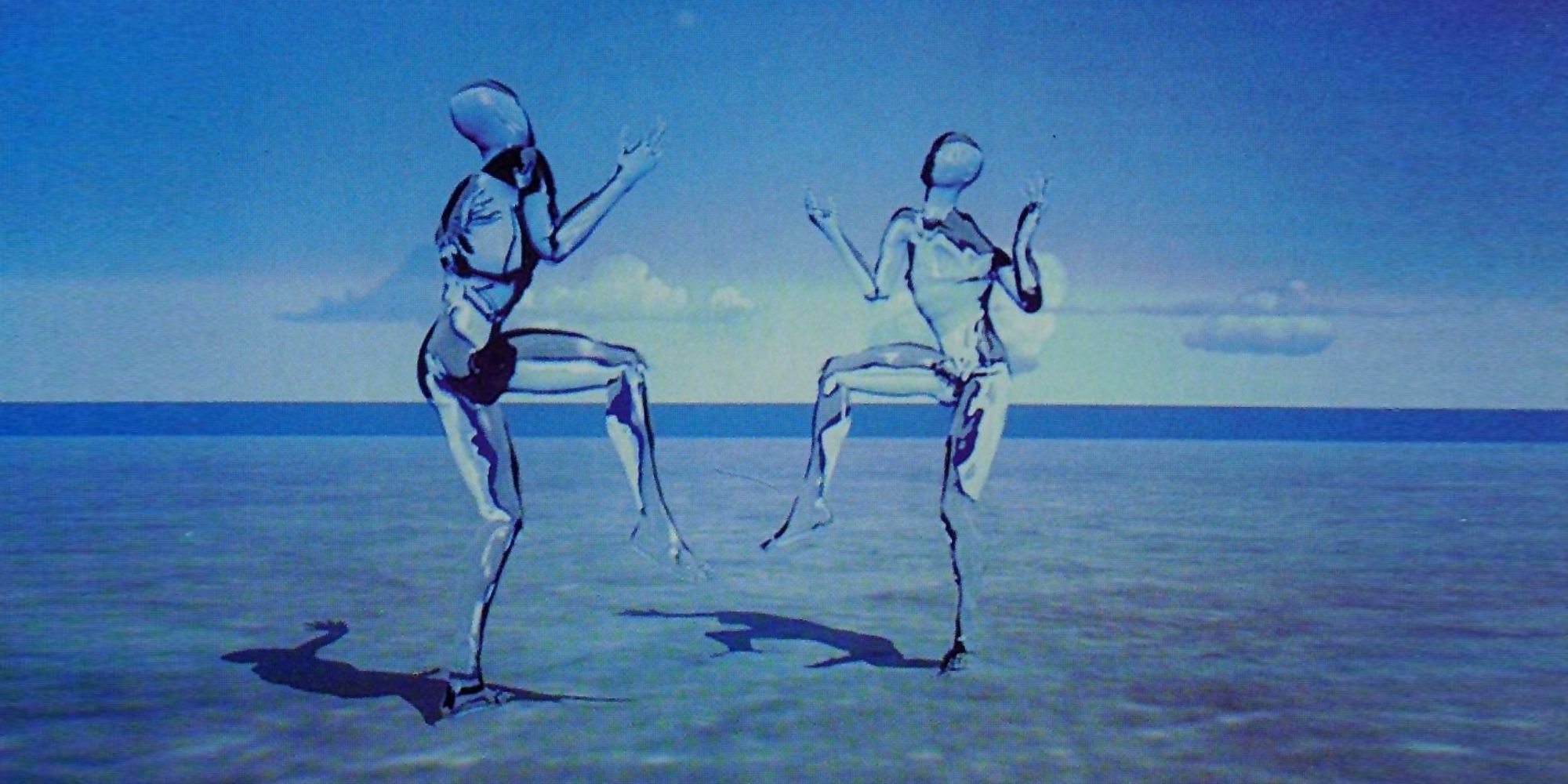
.jpg)
